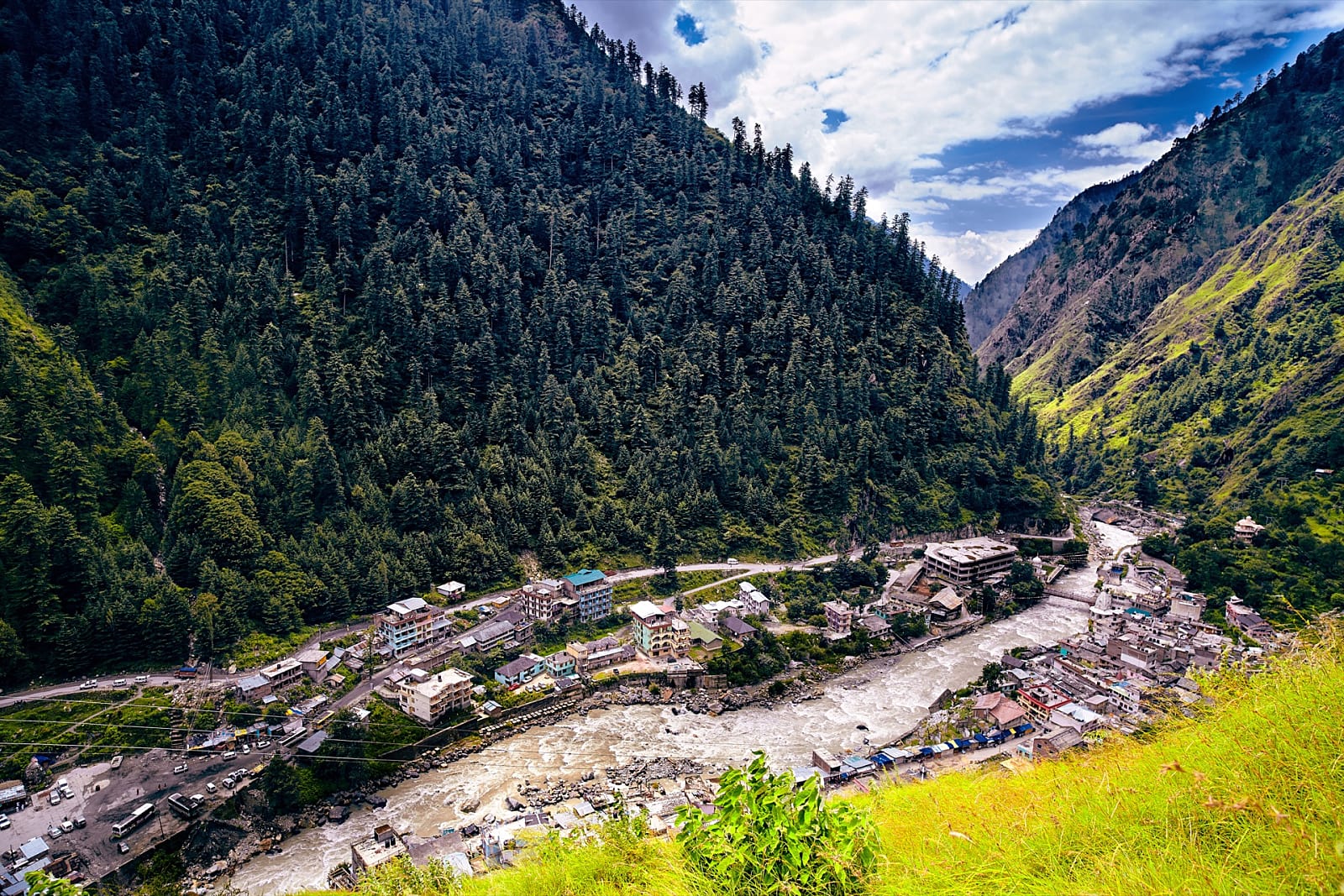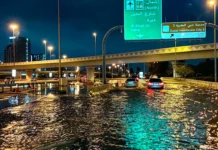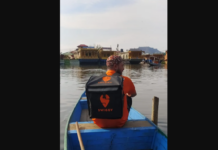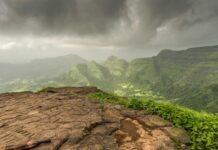Known as the Valley of Gods, it is a cool escapade for tired souls
The valley of gods, as the Kullu valley has come to be known, is perhaps the most delightful region in the western Himalayas. The valley spreads out its charm on either side of the upper reaches of the river Beas, running north to south. The valley is only 80 km long and 2 km at its broadest, yet a fairly wide area is open to the visitors to enjoy the spectacle of variegated mountain scenery.
In the spring, Kullu is at its most colorful with pink blossoms and white flowers while the higher slopes are aglow with gorgeous rhododendrons. By December, there is no greenery except the majestic pines and cedars in the forests. In winter the hillsides are flanked in white.
Situated on the banks of the Beas, Kullu, the headquarters of the district, serves as a nerve center of the valley and is the starting place for a number of treks. The deodar-fringed grassy huge maidan called Dhalpur is a stage for many colorful fairs.
Kullu Climate
Summer:
During summers, the weather is very pleasant and the maximum temperature hardly reaches 30 degrees Celsius in the day, while the nights still retain a bit of chill.
Summer is the season when tourists come in large numbers. When the rest of India goes through extreme heat, Kullu offers respite with its cool and calm climate. Light woollen and cotton clothing is ideal during this weather condition.
Winter:
Extreme weather is observed in Kullu during the winters, when the temperature may go down to freezing point from December to February. Heavy woollen clothes are required during this weather. Temperatures in Kullu are lower as compared to Manali which is at a greater height.
Places of interest in Kullu
Raghunath Temple
The chief tourist interest of Kullu is the Raghunath Temple that worships Lord Ram, who is believed as one of the most important deities in the Hindu mythology and is the patron deity amongst the residents of Kullu valley. It was erected in the year 1660 by Raja Jagat Singh, the one-time ruler of Kullu, basically to make amends for his sins. He got an idol of Lord Ram from Ayodhya and founded it in this temple.
Jagannathi Devi Temple
At a distance of 3 km from Kullu is located the Jagannathi Devi Temple or the Bekhli temple in the village of Bekhli. Although it is a precipitous 1½ hour gradient leading to the temple, it provides an amazing view of Kullu which is worth the ascent.
Bijli Mahadev Temple
The Bijli Mahadev Temple is placed on a spur at an elevation of 2,460 m. As the name suggests, the temple is frequently struck by lightning. There is a 20-m high staff projecting out of the shrine, which is said to catch lightening from the skies and destroy them below the Shivlingam (the symbol of Lord Shiva). Bijli Mahadev, the temple dedicated to Lord Shiva, is located across the river Beas, at some 10 km distance from Kullu. The temple offers a panoramic view of the Kullu valley and is worth visiting.
Places of interest around Kullu
Manikaran
Eighty five km from Manali and 45 km from Kullu, lies in the Parvati Valley, the holy pilgrimage place of Manikaran. Here icy cold waters of the Parvati river co-exist with boiling water side-by-side. The hot water springs are reputed for their healing properties. The springs in the area are hot enough to boil rice in it. Manikaran, a place of pilgrimage for Hindus and Sikhs, has a temple and a gurdwara.
Sri Guru Nanak Dev Ji Gurudwara, Manikaran
This gurdwara is mentioned in the ‘Twelfth Guru Khalsa’ by Giani Gian Sikh. A highly revered center for worship amongst Sikhs, this gurdwara is believed to have been visited by the Guru Nanak with his five disciples.The langar here is very big and it serves free food to disciples and the needy.
Kullu Handicrafts
The artisans of Kullu valley preserve a rich heritage of handlooms and handicraft. There is an amazing range of beautiful handloom and handicraft products in Kullu. The traditional brilliant colors of the handlooms probably manifest people’s zest for life and creation.
Kullu shawls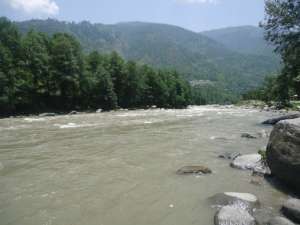
The famous Kullu shawls are admired for their elegant look. The Kullu shawl owes its origin to the Kinnauri shawl. The Kullu shawl’s designs and motifs woven today have originally been derived from intricate Kinnauri designs that have been enlarged enormously and simplified with the passage of time. Shawls made in Kullu in Himachal Pradesh occupy a place of pride among the handicraft of Kullu. For their elegant look, brilliant traditional patterns, quality and reasonable cost, these shawls are world famous.
Kullu Caps are widely worn by the local people and are also equally popular among tourists.
Warm local tweeds, pattus and mufflers are the other handloom products largely produced in Kullu.
How to reach Kullu
By air : The closest airport to Kullu is Bhuntar airport which is situated at a distance of around 10 km from the heart of Kullu. Bhuntar is currently not operational, therefore, Chandigarh is the airport for Kullu valley.
By rail: Jogindernagar is the nearest railway station from Kullu which is at a distance of around 125 km. This railway station is well-linked to all the major cities and towns of the country through Chandigarh which is 270 km away from Kullu.
By road: State-owned bus facilities of Himachal Pradesh Road Transport Corporation are accessible from Kullu connecting with the nearby cities. Kullu is linked to the national capital, New Delhi (570 km), Chandigarh (267 km), Pathankot (285 km) and Shimla (270 km) as well as by tourist luxury buses of Himachal Pradesh Tourism Development Corporation.
Best time to visit Kullu
March to June is the best time to visit Kullu. Winters are also a great time to visit Kullu for its festivities around Raghunath temple.
For a more adventurous trip and to witness snowfall, winters are the best. However, monsoons must be avoided entirely as there are chances of landslides and it’s risky to travel to Kullu.

